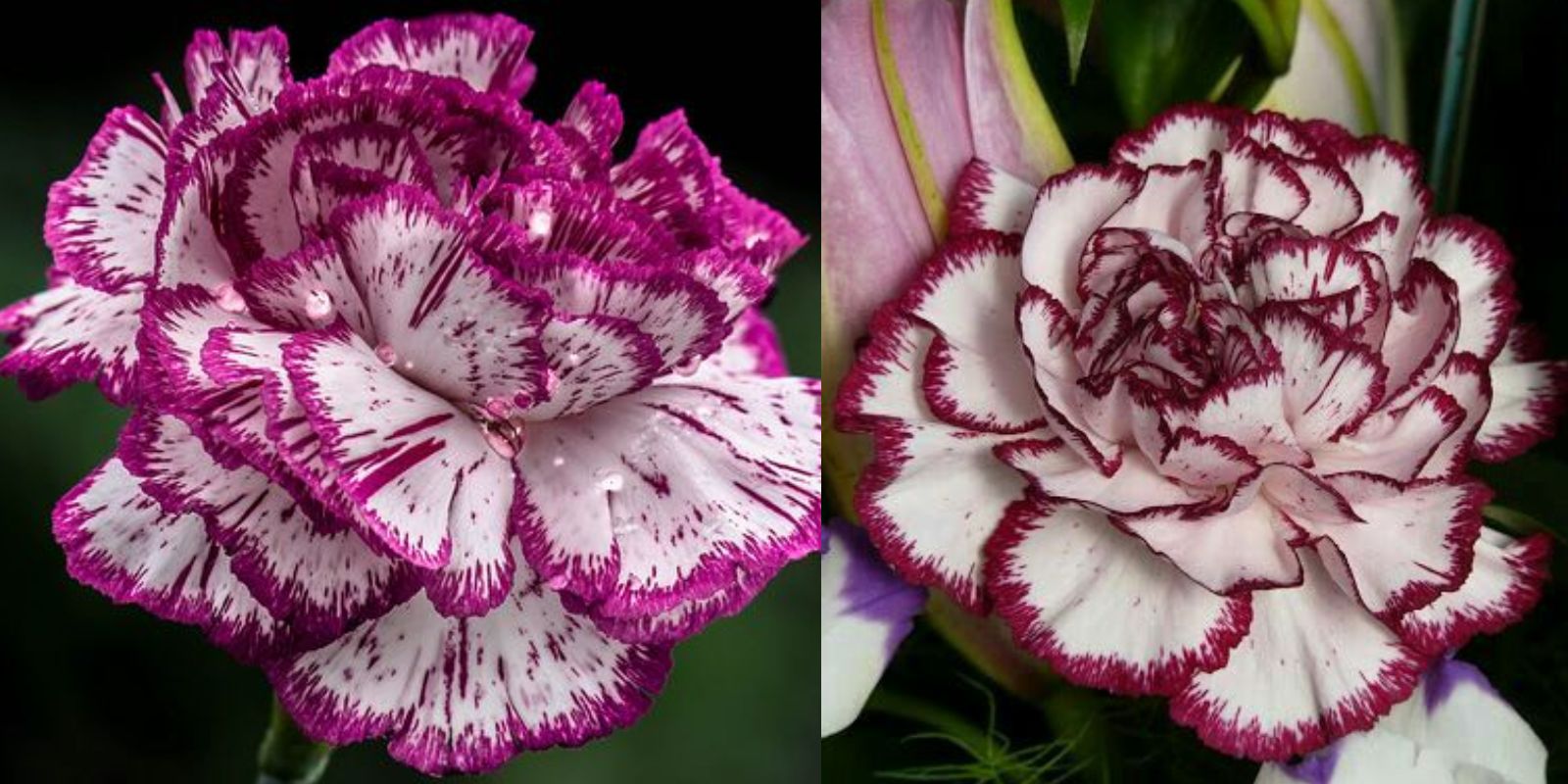Introduction
Fringed Carnations (Dianthus caryophyllus) are celebrated for their stunning, fringed petals and intoxicating fragrance. Often seen in gardens and floral arrangements, these perennial beauties offer a burst of color and a touch of sophistication wherever they grow. Cultivating Fringed Carnations can be a fulfilling endeavor for gardeners of all levels, as they are relatively easy to grow and maintain with the right care. In this article, we will delve into the essential steps for growing Fringed Carnations and ensuring a thriving, colorful display in your garden.
Choosing the Right Variety
The first step in growing Fringed Carnations is selecting the right variety. With numerous cultivars available, you have a wide array of options to choose from. Varieties differ in color, size, and fragrance, so consider what best fits your garden’s aesthetic and your personal preferences. Some popular types include:
- ‘Grenadin’: Known for its vibrant red petals and strong fragrance.
- ‘Pink Kisses’: A variety with soft pink flowers and a gentle scent.
- ‘Snowflake’: Offers pure white blooms with a delicate fragrance.
Research the specific needs of the variety you choose to ensure it is well-suited to your local climate and soil conditions.
Preparing the Soil
Fringed Carnations thrive in well-drained soil, which is essential for their overall health and blooming success. Follow these steps to prepare the ideal soil environment:
- Test the Soil: Conduct a soil test to determine the pH level and nutrient content. Fringed Carnations prefer a soil pH between 6.0 and 7.0.
- Improve Drainage: If your soil is clay-heavy or prone to waterlogging, improve drainage by incorporating organic matter such as compost or aged manure. This will enhance soil texture and prevent root rot.
- Prepare the Bed: Work the soil to a depth of about 12 inches. Add a layer of compost to enrich the soil with nutrients. Ensure the bed is well-drained and level.
Planting
You can start Fringed Carnations from seeds or purchase young plants from a nursery. Here’s how to get started:
- Starting Seeds Indoors: If starting from seeds, sow them indoors 6-8 weeks before the last frost date. Use seed trays filled with a seed-starting mix. Lightly press the seeds into the soil and cover them with a thin layer of soil.
- Direct Sowing: For direct sowing, wait until the danger of frost has passed. Plant seeds about 1/4 inch deep and space them 6-12 inches apart to allow for mature plant growth.
- Transplanting: If starting indoors, transplant seedlings outdoors once they are 4-6 inches tall and have developed a few true leaves. Harden off the plants by gradually exposing them to outdoor conditions before planting.
Sunlight and Location
Fringed Carnations thrive in full sun, requiring at least 6 hours of direct sunlight daily. Choose a planting location that receives ample sunlight to encourage robust growth and prolific blooming. In regions with intense heat, partial shade during the hottest part of the day can help protect the plants and extend their blooming period.
Watering
Maintaining the right moisture level is crucial for Fringed Carnations. Follow these guidelines for effective watering:
- Consistency: Keep the soil consistently moist but not waterlogged. Overwatering can lead to root rot and other fungal diseases.
- Watering Method: Water at the base of the plants to avoid wetting the foliage. This helps prevent diseases such as powdery mildew and leaf spots.
- Drip Irrigation: Consider using a drip irrigation system for consistent and efficient watering, especially if you have a large number of plants.
Fertilization
Regular fertilization promotes healthy growth and vibrant blooms. Use a balanced, all-purpose fertilizer (e.g., 10-10-10) and follow these tips:
- Frequency: Apply fertilizer every 4-6 weeks during the growing season. Avoid over-fertilizing, as this can lead to excessive foliage growth at the expense of flowers.
- Application: Follow the manufacturer’s instructions for the correct application rate. Apply the fertilizer evenly around the base of the plants.
Pruning and Deadheading
Regular maintenance ensures that Fringed Carnations continue to produce beautiful blooms throughout the season. Here’s how to keep your plants in top shape:
- Deadheading: Remove spent flowers (deadheading) to encourage new blooms. Pinch off the faded flowers just above the next set of leaves.
- Pruning: Prune back leggy or overgrown stems to promote a bushier growth habit. This helps the plant maintain a compact and attractive form.
Pest and Disease Control
Fringed Carnations are relatively resistant to pests and diseases, but monitoring and management are still essential:
- Pests: Watch for common pests such as aphids, spider mites, and thrips. Use insecticidal soap or neem oil if needed.
- Diseases: Keep an eye out for diseases like powdery mildew and leaf spots. Ensure good air circulation around the plants and avoid overhead watering to reduce disease risk.
Conclusion
Growing Fringed Carnations (Dianthus caryophyllus) can be a highly rewarding experience, offering a delightful addition to any garden. With proper care, these beautiful flowers will thrive and provide a stunning display of color and fragrance. By following the steps outlined above—choosing the right variety, preparing the soil, planting correctly, and maintaining good care practices—you can enjoy the elegance and charm of Fringed Carnations in your garden for years to come.
Motivational Sentence
Embrace the beauty of Fringed Carnations in your garden and transform your outdoor space into a vibrant oasis of color and fragrance. Start growing these stunning flowers today and experience the joy of watching them flourish! 🌸✨

